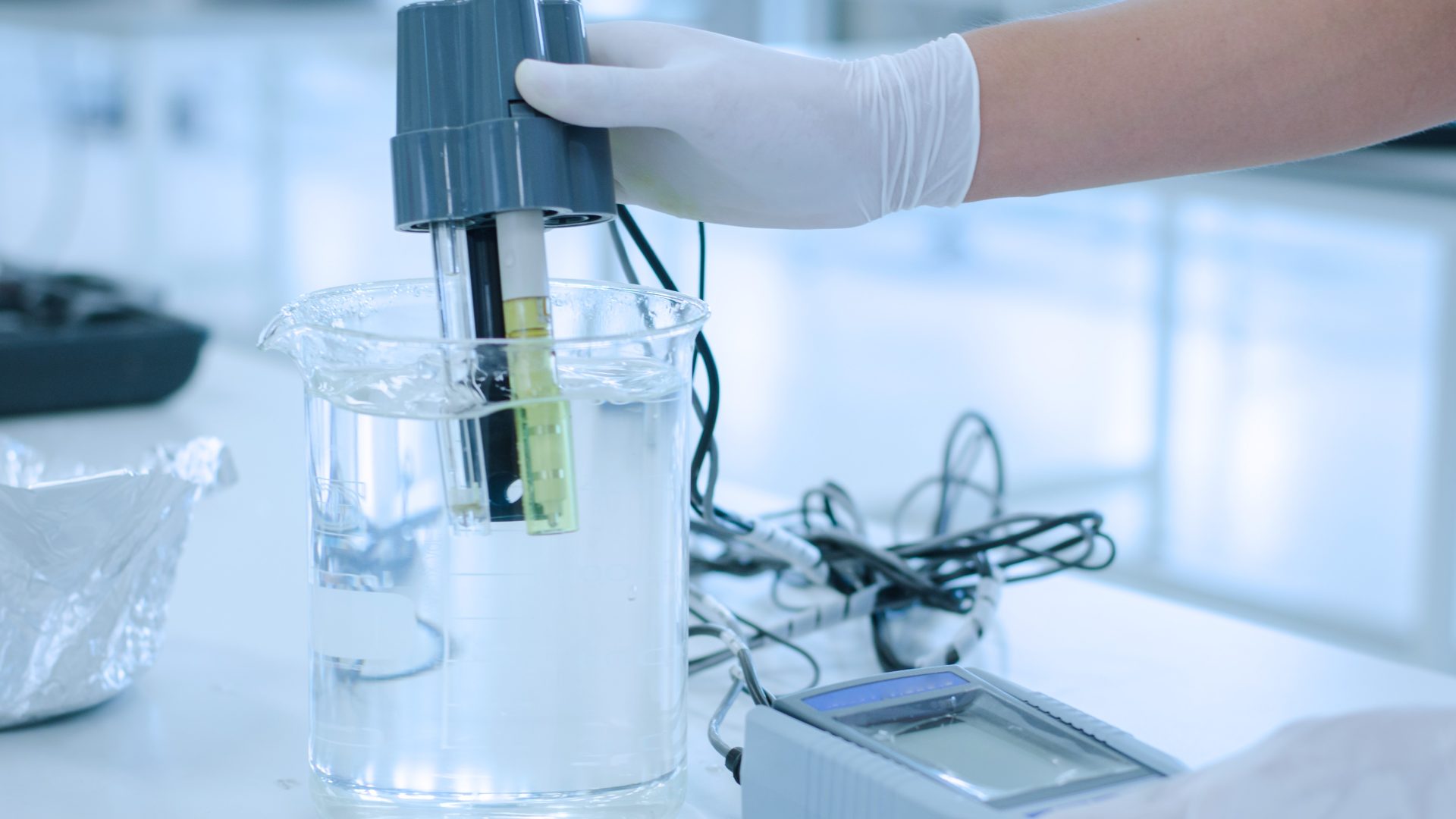
The widespread use and persistence of PFAS present significant environmental and public health challenges globally. Here, Bill Atkinson, Chief Scientific Advisor, Adler and Allan, takes a look at the new Drinking Water Inspectorate guidance, and discusses what challenges the UK water industry will face tackling PFAS contamination in the future.
PFAS (per-and poly fluoroalkyl substances) is a chemical family consisting of many thousands of individual substances. They are sometimes referred to as ‘forever chemicals’ because of their persistence in the environment.
PFAS are favoured for their durability and useful properties such as in non-stick, water repellence and anti-grease applications.
They also have many and widespread uses in industry, including in firefighting foam. The properties of these substances mean that they are very resistant to biodegradation.
Industrial and commercial activities may result in the inadvertent release of various pollutants including per- and polyfluoroalkyl substances.
The issue of PFAS contamination has even made it into the cultural sphere. The Hollywood film ‘Dark Waters’ tells the real-life story of Rob Bilott, the lawyer who took on chemical giant DuPont after discovering that the company was polluting drinking water with PFOA (a type of PFAS) in the US.
Drinking water
The Drinking Water Inspectorate (DWI) has just announced that new guidance on PFAS will be issued to water companies later in the summer (2024). There are four key changes that will likely be announced:
- The DWI has a list of 47 individual chemical parameters of interest, but new requirements will include measuring 6:2 fluorotelomer sulfonamide alkylbetaine (FTAB) from January 2025.
- Its risk-based three-tier system for detecting PFAS will also be applied to any PFAS chemicals detected in raw and final water where it is not treated.
- Water companies will also be required to inform the DWI if they detect any PFAS chemicals that are not listed or identified at concentrations less than 0.01 micrograms per litre (µg/l).
- Guidance which applies to PFOS and PFOA will be expanded to apply to all PFAS chemicals listed in Annex C of the The Water Industry (Suppliers’ Information) Direction 2019 (referred to as the Information Direction).
Currently the Drinking Water Inspectorate requires that drinking waters be regarded as “wholesome”. This means that they must not contain any substance at a level which would constitute a potential danger to human health (as well as meeting the other requirements of the Regulations).
The Environment Act, passed in 2021, incorporates the main tenets of environmental protection into UK law, including the ‘precautionary principle’, the ‘prevention principle’ and the ‘integration principle’ which must consider environmental protection within law making. This is the mechanism the UK can use to impose standards like the levels of PFAS within drinking water.
This swift change in guidance follows hot on the heels of the US when, in April 2024, the US Environmental Protection Agency (EPA) announced national legally enforceable drinking water standard for six individual PFAS along with a $1B investment to address PFAS in drinking water. This is the first time that drinking water standards have been finalised for a new chemical under the Safe Drinking Water Act since it was updated in 1996.
The EU currently sets environmental limits on PFAS. The Drinking Water Directive limits total PFAS in drinking water to 0.5 µg/l and levels for 20 individual PFAS to 0.1 µg/l.
Wastewater
The behaviour of PFAS in the environment means they tend to pollute groundwater, and this can lead to contaminating the drinking water supply. PFAS leak into the soil, water, and air from sources such as industry, firefighting foams and waste infrastructure. Existing water treatment methods do not remove PFAS due to it being difficult and costly. Because they break down slowly, if at all, they can build up in the environment, leading to the greater likelihood of them passing into drinking water and the food chain.
The Environment Agency (EA) in England may soon be proposing limits on PFAS discharge levels. It has identified additional monitoring programmes and projects (which started in 2021) to expand its existing evidence base on PFAS, to include:
- Groundwater
- Surface water (fresh and saline)
- Freshwater fish (PFOA and PFOS only)
- Marine fish
- Landfill leachate
- WWTW effluent and sludge (through CIP3)
PFAS are commonly found in influents, effluents, and sludges from wastewater treatment works (WWTW) globally. In the UK, PFOS and PFOA are monitored under the Chemicals Investigations Programme (CIP), now being expanded to include sampling for PFAS in effluent, sewage sludge and groundwater. The 2014 review of the Groundwater Directive (2006/118/EEC) led to a 2015 initiative to identify emerging pollutants, including PFAS, for a voluntary Ground Water Watch List (GWWL). Eleven Member States provided data on PFAS. If sufficient EU-wide data is available, Annex I and/or II of the Directive could be amended to include at least 10 PFAS, with potential future updates to cover all known PFAS.
Conclusion
The widespread use and persistence of PFAS present significant environmental and public health challenges globally. Known as ‘forever chemicals’ due to their durability and resistance to degradation, PFAS have infiltrated various industries and products, from non-stick coatings to firefighting foams, resulting in inadvertent environmental contamination.
The absence of specific regulatory standards for PFAS in drinking water in England and Wales highlights a critical gap in current legislation, albeit mitigated by the requirement that water remains “wholesome” and free from substances posing potential health risks. In contrast, the United States has taken a proactive stance with the establishment of enforceable drinking water standards for six individual PFAS, accompanied by substantial financial investments for remediation—a significant step forward in safeguarding public health. The EU similarly has taken action and set limits on PFAS in drinking water.
Looking ahead, the UK may follow suit with potential updates to its regulatory framework under the Environment Act 2021, reflecting growing concerns and advancing scientific understanding of PFAS contamination. The Environment Agency’s expanded monitoring programs underscore efforts to gather comprehensive data on PFAS presence in groundwater, surface water, and wastewater treatment works, essential for informed regulatory decisions and effective environmental management.
As PFAS continue to pose complex challenges due to their persistence and wide-ranging environmental impacts, international collaboration and robust regulatory frameworks will be crucial in mitigating their spread and protecting both ecosystems and human health from these enduring pollutants.
Adler and Allan’s full white paper ‘Navigating Environmental Challenges: A Comprehensive Exploration of Business-Relevant Pollutants’ is available to download here: https://www.adlerandallan.co.uk/knowledge/white-paper/comprehensive-exploration-business-relevant-pollutants




